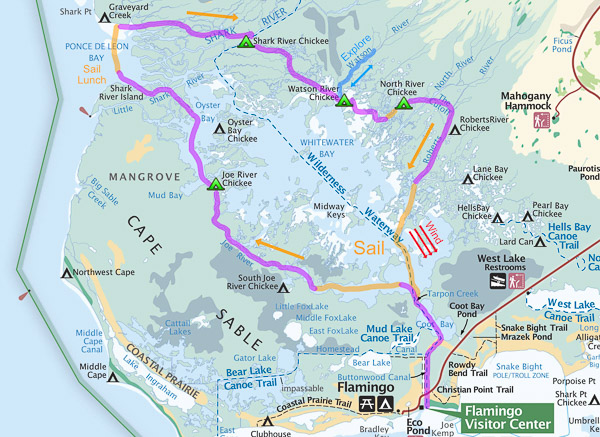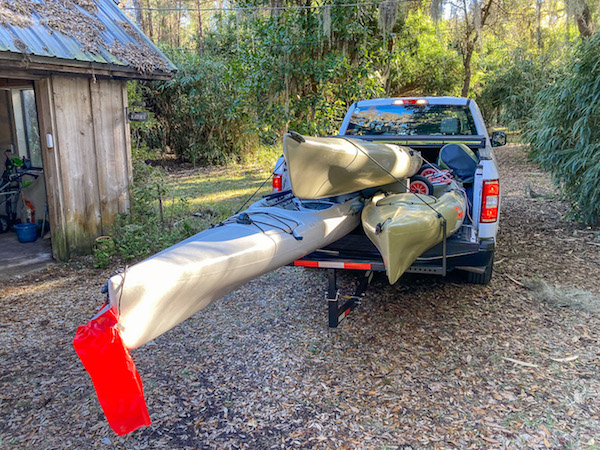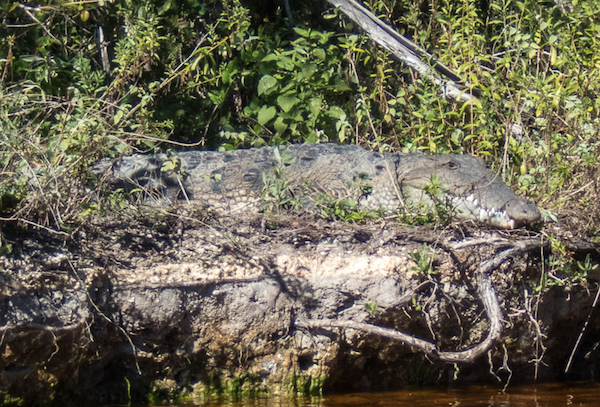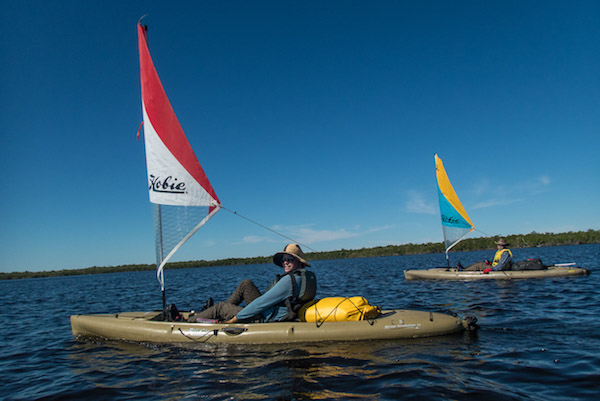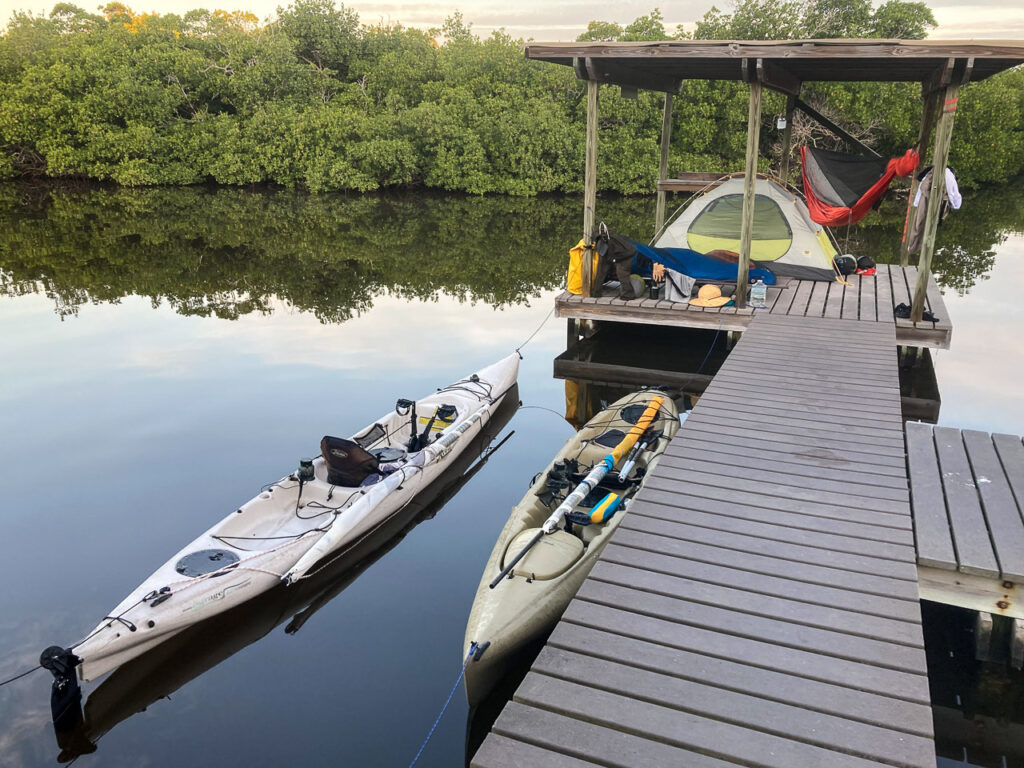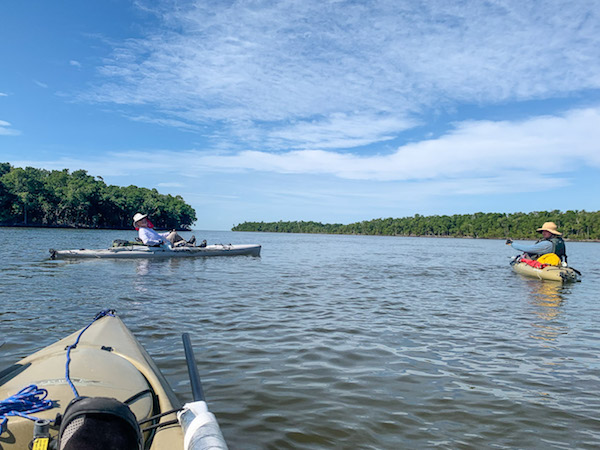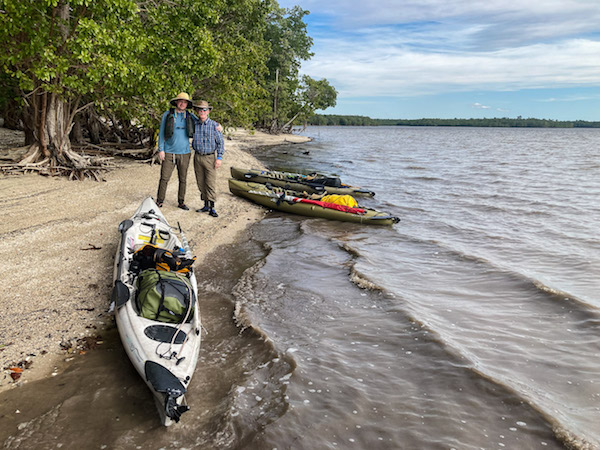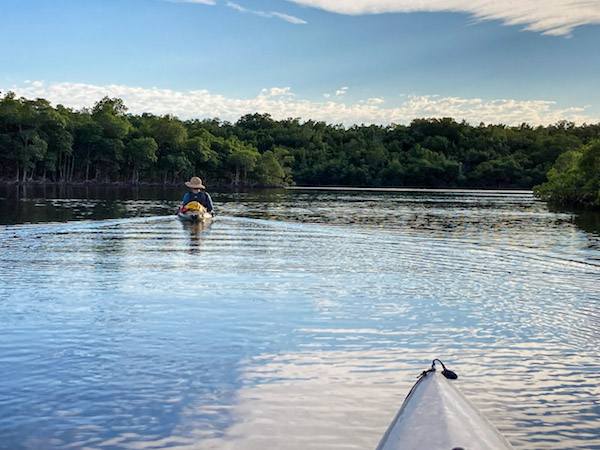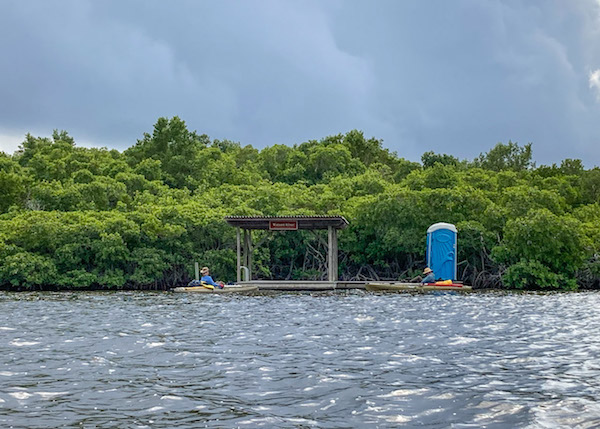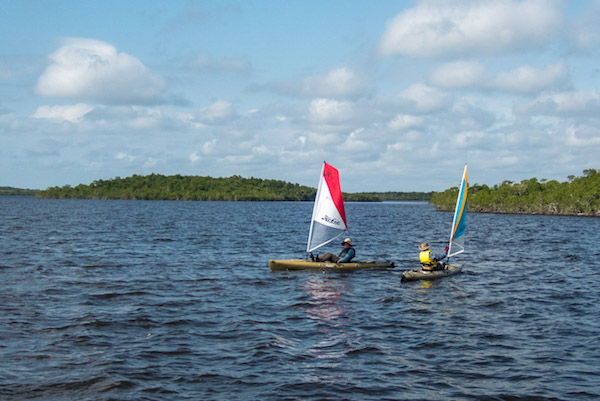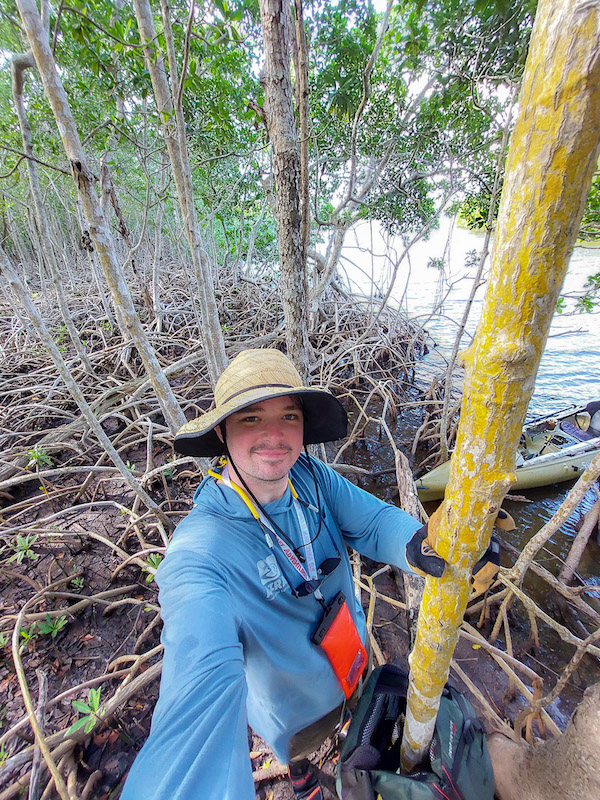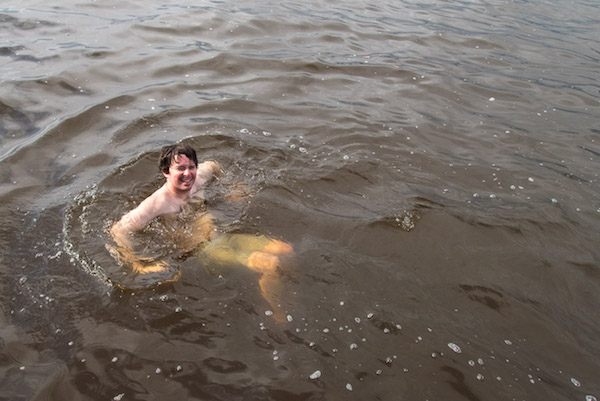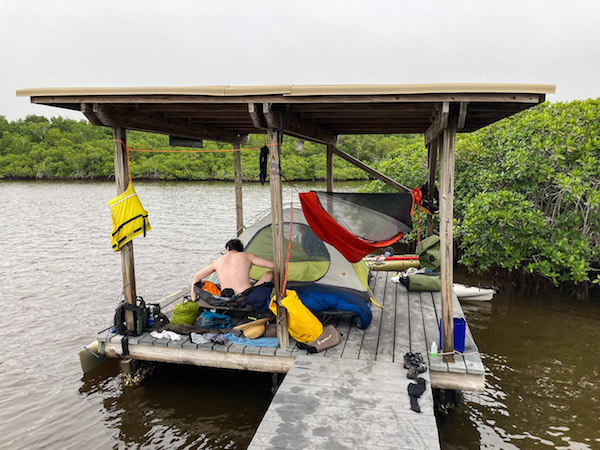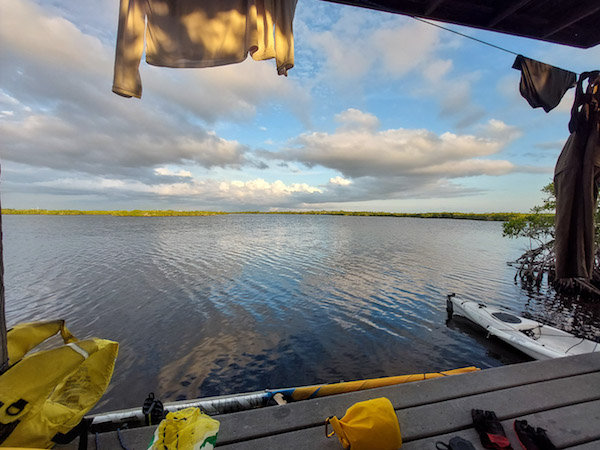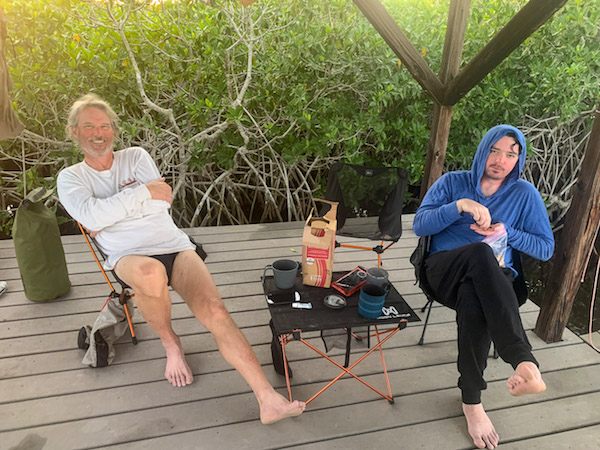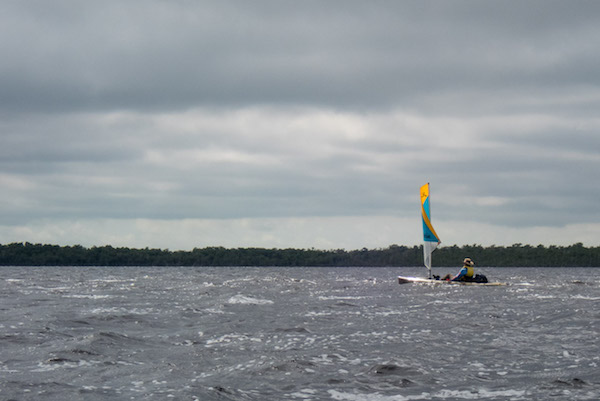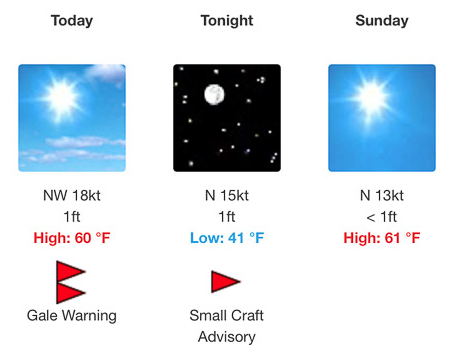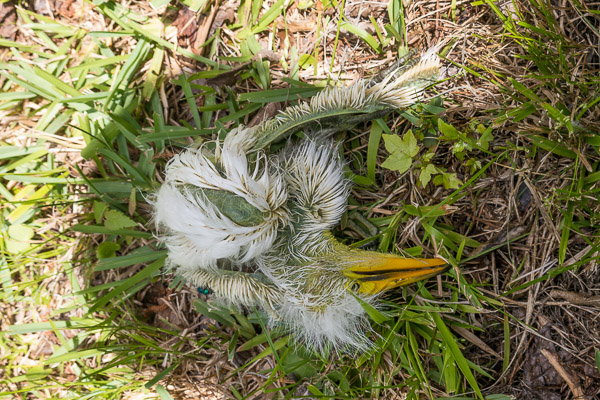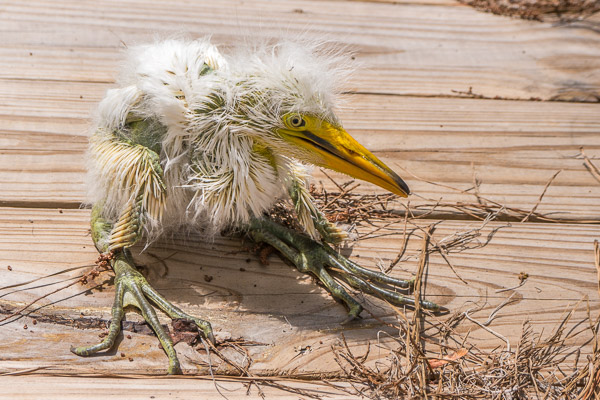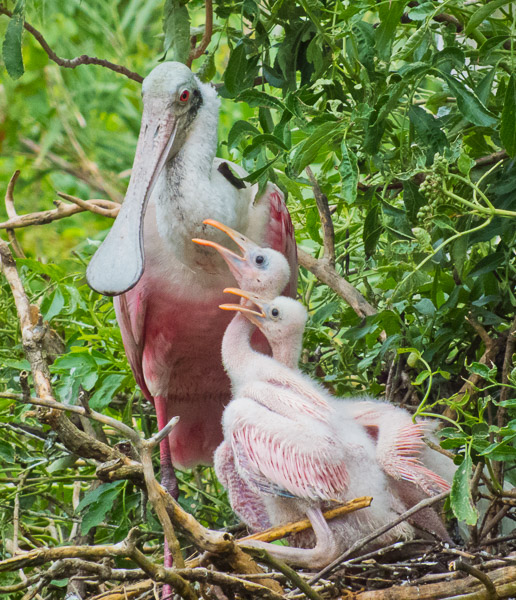This year we planned an aggressive trip—going down the Gulf Coast to access the narrow Wood River and then loop back through the various inland bays. Yet again we were thwarted by adverse winds… [More Photos…]
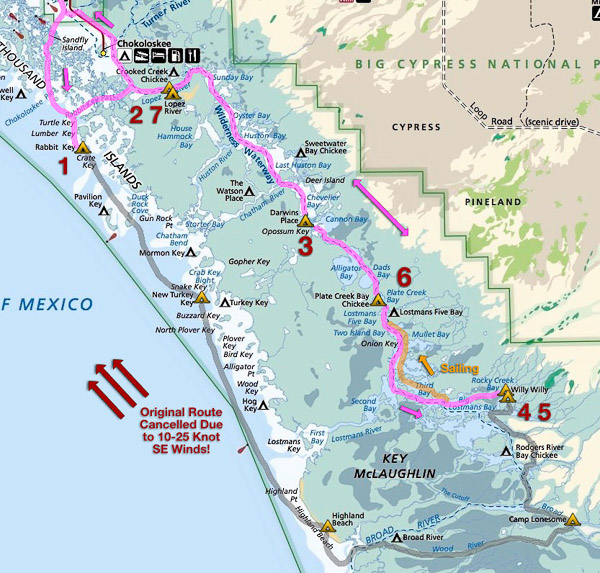
Day 1 (Rabbit Key)
We set out from Everglades City on a rising tide. There was a small craft warning that day with wind gusts to 25 knots. It was a mostly offshore so the waves were a modest one foot. Once out in the Gulf, we hopped from small island to small island. We had no problem making it to Rabbit Key.
The best campsite is now on the north end just above the large sand spit. [The passage between Rabbit and Lumber Keys appeared to be gone BTW.] When we got there the tide was going out, so after unloading our boats we went for a walk around the island (always a fun thing to do!). The only unexpected change was a thick mat of red seaweed (or algae?) on the side facing the Gulf.
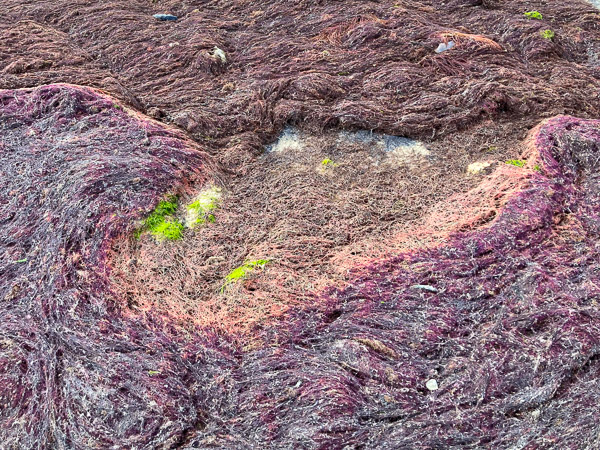
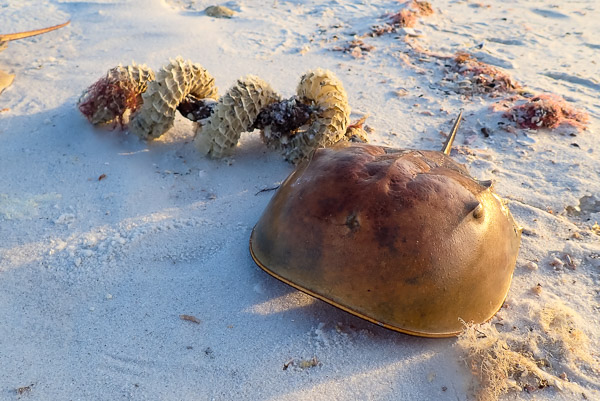
Our tent this year was new and came with thin wire stakes. I bought some large, flat sand/snow stakes and they worked exceedingly well. The only issue is they required a mallet or rock to drive them into the compacted shell debris under the sand.
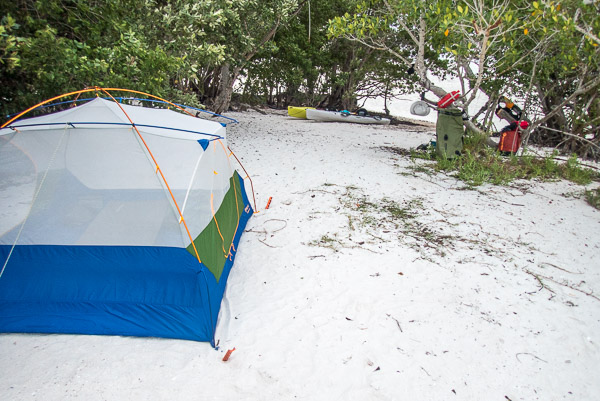
Day 2 (Lopez River)
The next morning started calm, with the tide went out. This gave us plenty of time to get up, walk around, have breakfast, and get things packed. As the tide rose the wind came back with a vengeance (it was predicted to decrease each day?). We checked our radio and the forecast had changed to increased winds for the next two days. We were going to be more and more exposed on the coast so we decided to divert inland (just like last year.).
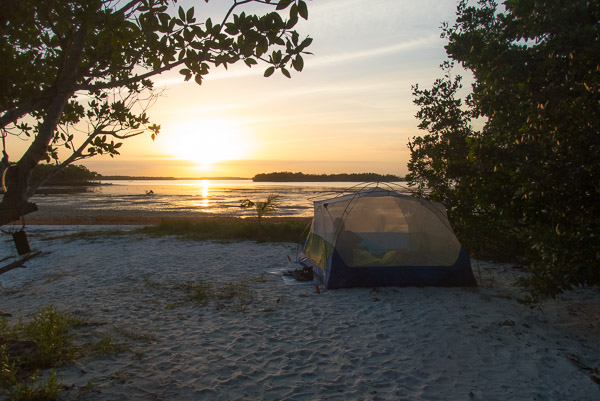
We headed back to Rabbit Key Pass to get into the Lopez River. We must have been taking lots of waves from behind because my boat began to fill up with water. At first I thought this must be a leak below the waterline, but it turned out to be the waves over the stern (a relief actually). Only baseline leakage for the rest of the trip. No big deal!
Near Chokoloskee I had cell service so I called to amend our permit. It was very odd. The person I talked to could tell me the Lopez River Campsite was open, but could not actually change the permit. I think this is a real problem with the conversion to recreation.gov, there is no flexibility or local control anymore. [They also no longer handle “walk-up permits” at the Visitor Center.] This is NOT an improvement IMO!
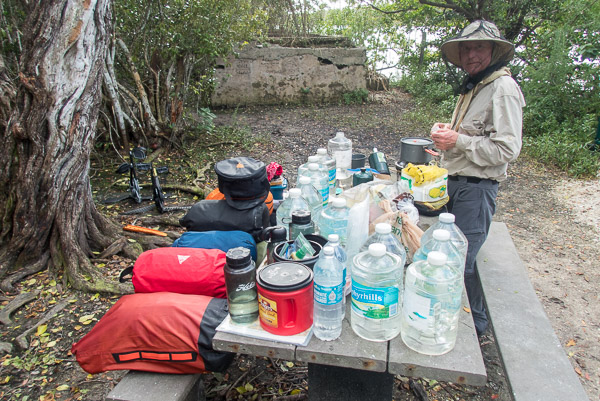
The campsite was indeed unoccupied, but out of the wind, so it was buggy. We got my boat out of the water to check for leaks (there were none). We had an early dinner and went to bed at dusk.
Day 3 (Darwin’s Place)
The next day was basically a long crawl across several large bays against the wind (and sometimes the tide!). Other than a few fishing boats ducking behind islands, we did not see anyone else. Our target was the ground site at Darwin’s Place, thinking it would be unoccupied. So we were surprised to meet a husband and wife from Tennessee who had come that day from Sweetwater in a canoe!
They were very nice and had no problem with our unexpected arrival. Fewer bugs because there was a breeze into the evening. We were pretty much exhausted so it was a quick dinner and into the tent. We both slept very well!
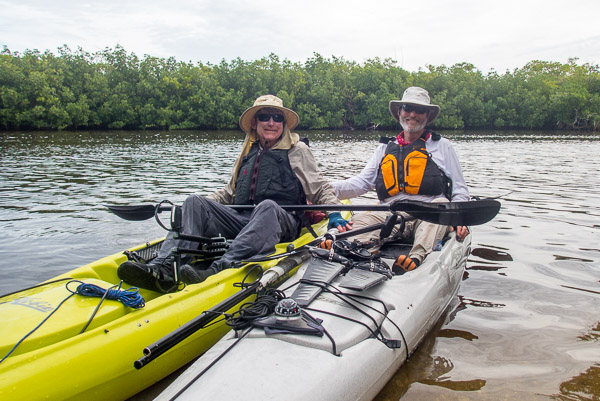
Days 4 & 5 (Willy Willy)
At this point it was a bit too far to Camp Lonesome (to get back on our original itinerary) so we decided to go directly to Willy Willy, stay two days, explore, and see what that area had to offer.
On the way we had to traverse two long creeks. As we were about to enter Alligator Creek, two dolphins came out and made big wakes right under my kayak. Along Plate Creek we encountered a medium-sized hawk with nearly all black plumage. I later keyed this out as a Zone-Tailed Hawk, which is normally found in the Southwest!
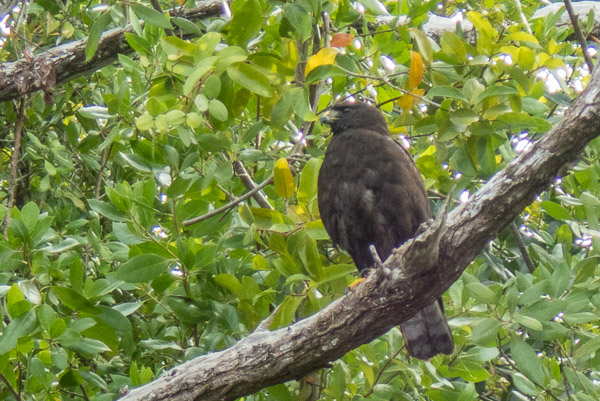
The wind was still there, but a bit less. The high overcast abated and the sun came out. Midday we rafted together and ate lunch on the float. (Up until this point we were just chugging along eating energy food all day.) I should mention how well avocados work as trail food!
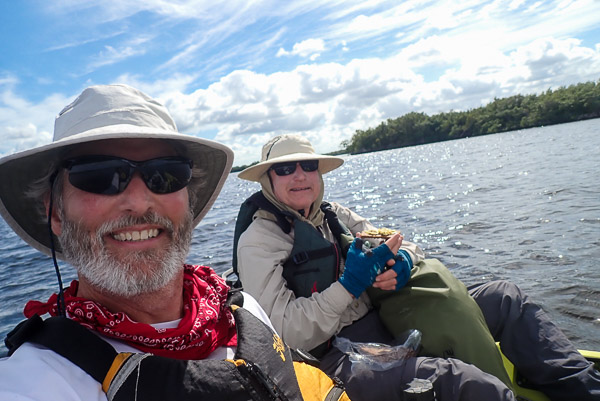
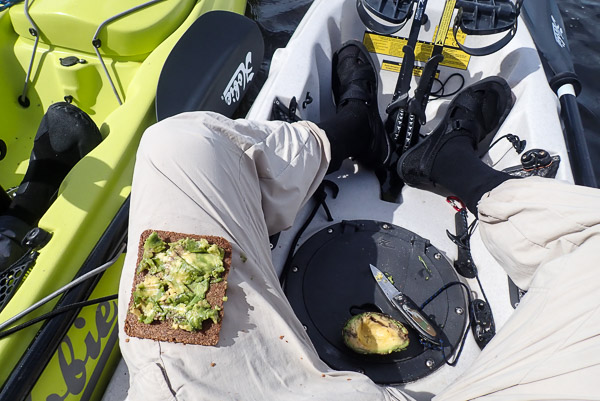
Willy Willy was not what we expected: reasonably open, enough breeze to keep the bugs off, perfectly clear (and fresh) water! As we were unloading a 6-8 foot gator approached and then submerged just below the dock. It was like watching him in an aquarium exhibit! I thought it could be a problem but he got bored when we didn’t engage, backed off, and we didn’t see him again after a few hours.
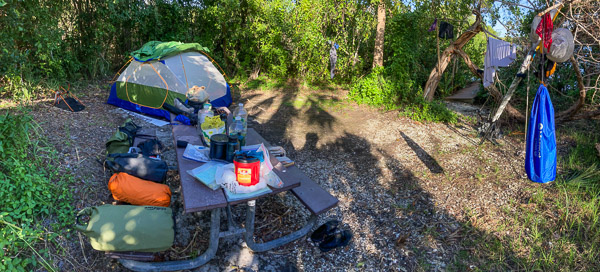
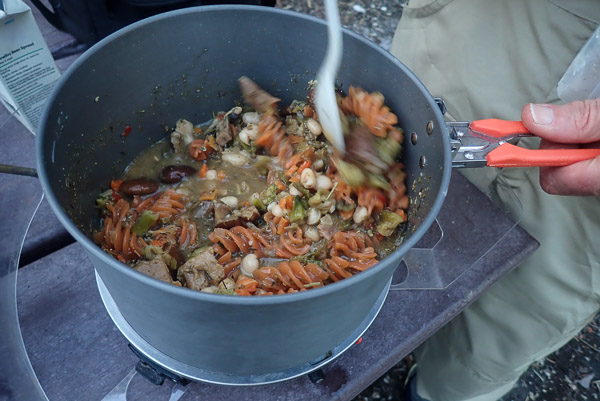
We had a beautiful counter-sunset and it was the full moon.
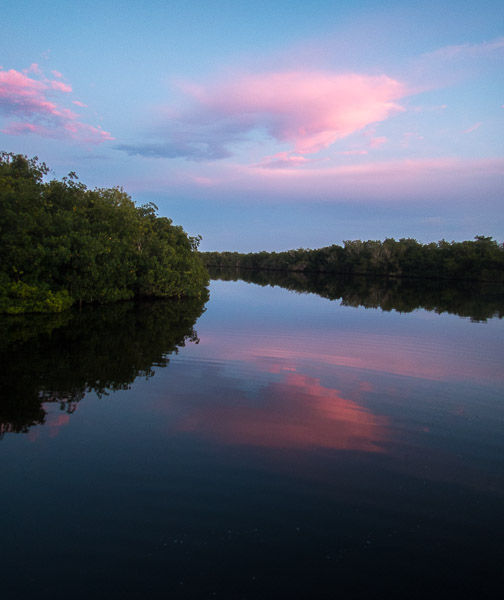
Day 6 (Plate Creek Chickee)
By the third day were finally back on our permit and headed north. The wind had diminished but not changed direction so for the first and only time we got to sail most of the day!
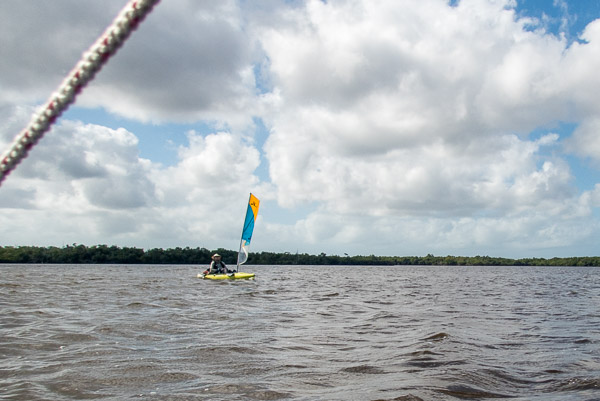
We got to the Plate Creek Chickee easily and early. The light breeze continued so there were no bugs. There were two gators cruising around but neither approached us in an aggressive manner.
Just at sunset we started to see small flocks of Roseate Spoonbills all headed in the same direction to rooker-up for the night. Then they just kept on coming!! In one formation we counted thirty five. We estimate we saw about eighty of these rare birds before darkness fell.
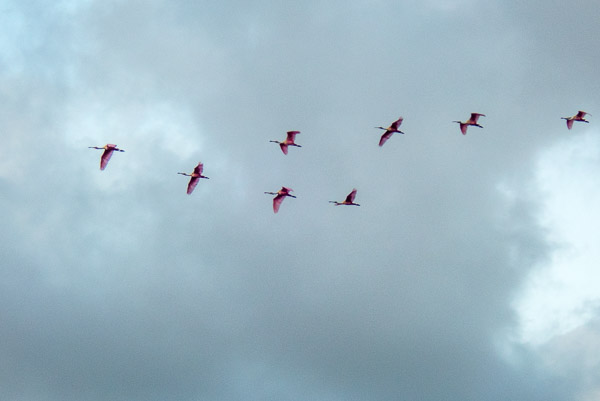
The tent (without fly) fit the chickee well. (My old tent was more hexagonal, so effectively occupied more floor space.) The breeze fell just at dusk and the bugs moved in so we were more than ready to get inside and close the doors! We woke to a thick fog in the morning.
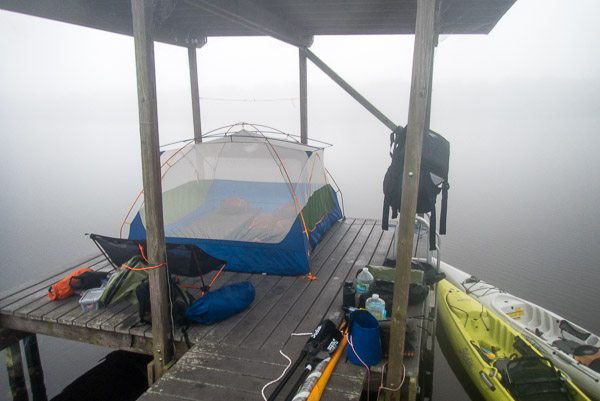
Day 7 (Lopez River)
Again we listened to the marine forecast on our radio. A cold front was coming and sometime that day the wind would shift from SE to NW and might be a steady 25 knots! We decided to make haste through as many large bays as we could before the change and camp at either Crooked Creek or Lopez River.
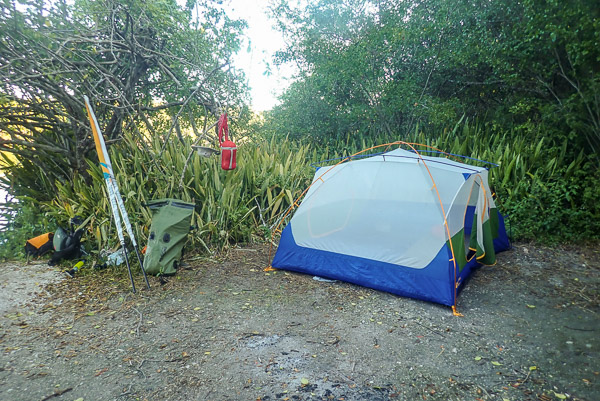
This was a good decision. After a very long, but not unpleasant day we pulled into the Lopez River Campsite (for the second time) just at dusk. We made camp and had a deluxe dinner of Pad Thai and Mango Sticky Rice. No bugs this time and much cooler. We slept well.
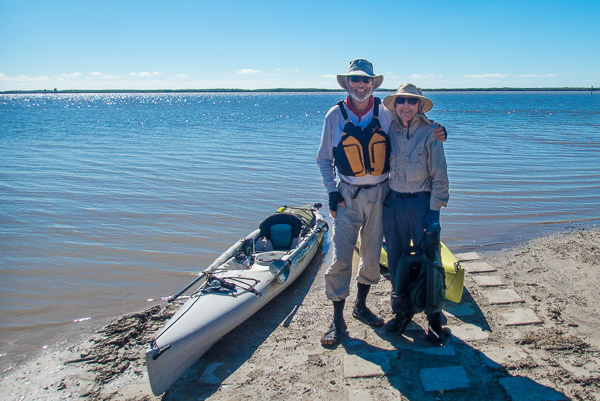
The next day there was indeed a 20 knot plus wind from the NW. We elected to take the Chokoloskee Canal to avoid wind on the bayside, and had some problems with mud at low tide. It was a good thing we’d gotten so far the day before! We were out by 2pm and met two large groups of high school students about to go out on their first canoe trips…
Our trip this year was challenging and highlights the capabilities of peddle kayaks. We logged three 18+ mile days AGAINST 10-20 knot winds without too much trouble. There is no question in my mind that we’re seeing the results of Climate Change with ever increasing energy in the atmosphere. Future trips will have to take this into consideration.
Epilogue
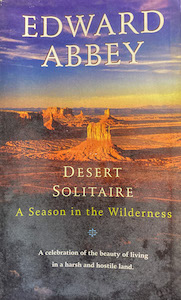
I had the good fortune to pick up this paperback copy of “Desert Solitaire” by Edward Abbey for reading material on the trip. It is an excellent book both for both the stories and the perspective on our National Park System (of which the Everglades is a part). With all the tent time I read most of it by the end of the trip.

